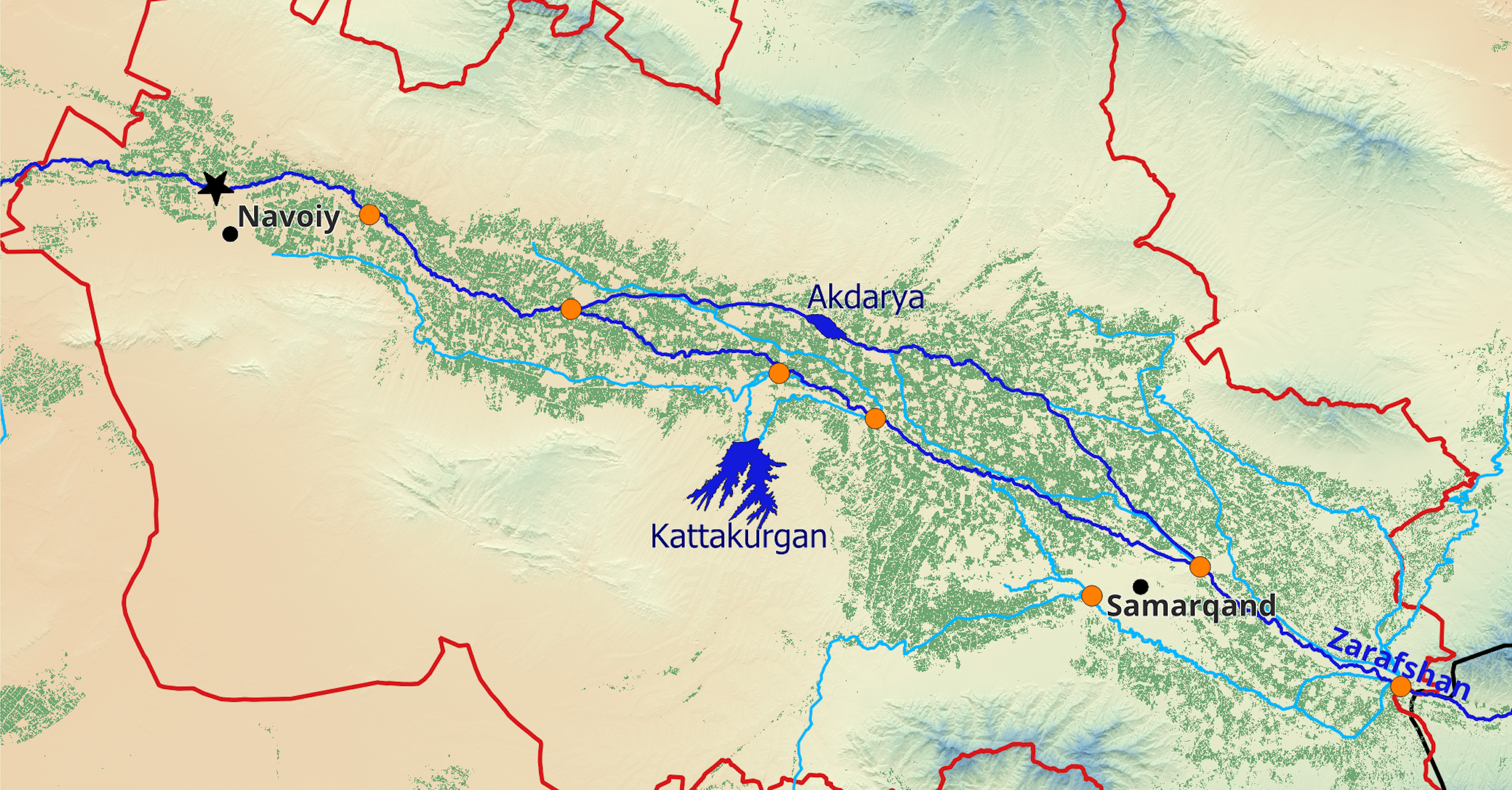Comprehensive Water & Energy Security Analysis for the Irrigation Sector in Ukraine
hydrosolutions GmbH has contributed to a comprehensive water & energy security analysis for the irrigation sector in Ukraine led by the World Bank.
Average proportion of Ukraine's agricultural land irrigated 2017-2021
Average proportion of Ukraine's agricultural land rainfed 2017-2021
Average yield gain of irrigated maize in southern Ukraine
Current average economic energy cost to irrigate one hectare of land
Background
Ukraine has some of the best soils and largest farms in Europe, making it a major producer and exporter of cereals, oilseeds, and sugar. Irrigation is concentrated in the south of Ukraine, in areas that are currently under Russian occupation. Not only since the beginning of the current war, Ukraine’s delivery of Irrigation & Drainage (I&D) services faces persistent challenges. Ukraine’s I&D system was developed for state-run farms, but after the collapse of the Soviet Union anownership and funding vacuum lead to widespread deterioration. As a result, productivity in the sector is much lower than its potential. Irrigation creates more reliable and resilient food production than solely rainfed croplands and might be a necessary adaptation strategy to climate change.
Mission
hydrosolutions GmbH is part of a team of experts assisting Water Global Practice of the World Bank in the Europe and Central Asia Region with the water accounting and energy efficiency performance assessment of the I&D sector in Ukraine. The main tasks of the team of experts are the following:
1. Contribute to the Rapid Damage and Needs Assessment (RDNA), to take stock of Ukraine’s damage and losses fromthe war. A report reflecting the situation in July 2022 has already been published and includes a chapter on Irrigation and Water Resources (p. 107-116).
2. Carry out a remote sensing analysis for understanding the performance of rainfed versus irrigated lands. The work related to this task is managed by hydrosolutions GmbH.
3. Conduct a climate change analysis to understand current and future agriculture water scarcity.
4. Perform an energy analysis fort he irrigation sector: assessing the quantity & costs of energy use in the irrigation sector helps decision makers to understand where irrigation is sustainable and economically viable.

Earth Engine Application
As a synthesis of the work related to above four tasks, hydrosolutions GmbH has developed an earth observation based digital water accounting platform which facilitates the sharing of geospatial information on Ukraine’s I&D system with the relevant stakeholders.

Key Results
In the case of Ukraine, the RDNA approach explicitly includes opportunities to build back better and smarter guided by principles of inclusion, resilience, and sustainability. With regards to maintaining, improving, and re-building Ukraine’s I&D infrastructure, the following key results of the comprehensive analysis will be considered:
- Only a small fraction of the cropland area in Ukraine is irrigated (1.3% at thecountry scale) but yields of crops where land is irrigated are on average 20%-50% higher compared to rainfed crops in the same location.
- Water allocation decisions and irrigation services within the irrigation schemes must be improved to avoid production losses - investments in innovative hydro-agro informatic tools and services are needed.
- Climate change projections show increasing water scarcity and falling rainfed yields inthe south of Ukraine – increasing the risks to yields and incomes for farms growing under rain-fed conditions.
- Large irrigation systems in Ukraine have low irrigation efficiency and high energy use, energy costs & CO2 emissions– investments could reduce costs by improving irrigation efficiency and reducing energy use.
- War has resulted in significant drop in crop production in areas with ongoing hostilities. Ukraine needs to prioritize significant investments in agriculture in the post-war era.

Downloads
More Projects






